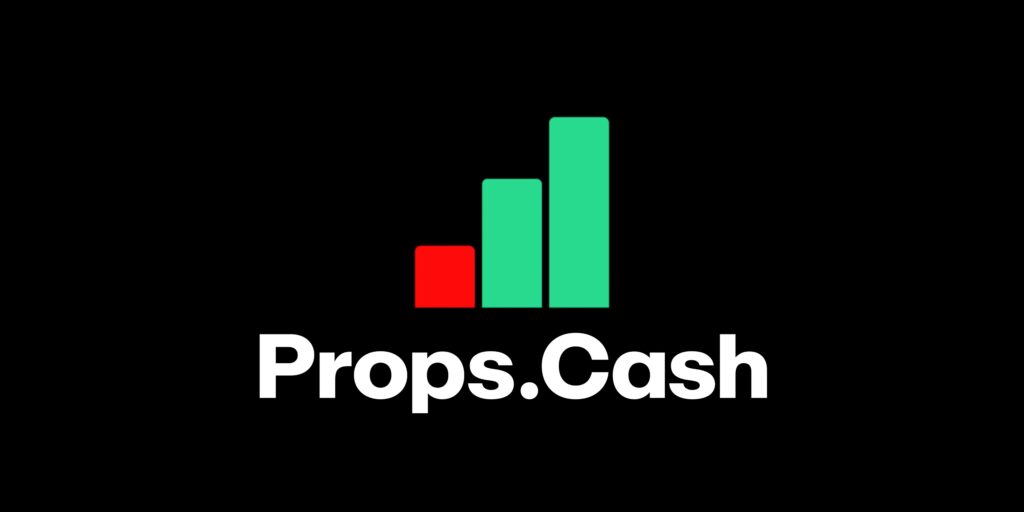Table of Contents
Order Block in Trading
In the competitive landscape of financial trading, every edge counts. One such edge, often overlooked, is the concept of order blocks. Specifically, understanding bullish order block and bearish order block can be a game-changer in your trading strategy. This guide will delve into the intricacies of these pivotal elements, offering you actionable insights to navigate the market more effectively.
What Are Order Blocks?
Order blocks are specific price zones on a trading chart where significant buying or selling activity has occurred. These zones are often the result of large market participants, such as institutional traders or banks, executing sizable orders. The concept is rooted in supply and demand dynamics and can serve as reliable support or resistance levels.
Understanding order blocks is a vital part of modern trading strategies. They can provide insights into market sentiment and potential future price movements.
Bearish Order Block vs Bullish Order Block
When it comes to order blocks, the terms “bearish” and “bullish” frequently come up. But what do they mean in this context?
- Bearish Order Block: This is essentially the last upward candle in the chart before a significant price decline occurs. It represents a zone where sellers overwhelmed buyers, leading to a downward trend.
- Bullish Order Block: Conversely, a bullish order block is the last downward candle before a significant upward price movement. It indicates a zone where buyers took control, pushing the price higher.
Market Structure Break and Order Block
Understanding market structure is like having a roadmap for trading. It gives you a bird’s-eye view of the market’s ebbs and flows. Now, how does this relate to order blocks? Well, an order block often serves as a pivotal point in the market structure. When a market structure break occurs—say, a significant support level is breached—it’s often accompanied by a bearish order block.
Grasping the nuances of market structure can massively enhance your ability to identify potent order blocks. It’s a strategy that banks and institutional traders often employ.
Identifying Order Blocks
Identifying order blocks is an art backed by science. Various tools and strategies can help you spot these crucial zones. Volume indicators and Level 2 market data are particularly useful for this. Volume indicators can show you where the “big money” is flowing, while Level 2 data provides a more granular view of market activity.
Don’t underestimate the power of volume indicators and Level 2 market data. These tools can be your secret weapon for spotting high-probability order blocks.
Best Order Block Indicator MT4
When it comes to MT4, the Order Block Finder Indicator is often cited as the best tool for identifying order blocks. It automates the process, highlighting potential order blocks on your chart, thus making your trading decisions more manageable.
Order Block Breaker Indicator MT5
For those using MT5, the Order Block Breaker Indicator is a must-have. It not only identifies order blocks but also predicts potential breakouts, giving you a two-in-one advantage.
Order Block Indicator NinjaTrader
NinjaTrader users can rely on the Supply and Demand Zone Indicator. It identifies order blocks and also integrates well with other NinjaTrader tools, offering a comprehensive trading strategy.
Order Block Indicator Thinkorswim
On Thinkorswim, the Order Flow Indicator is highly recommended. It provides a detailed analysis of order blocks, including the volume and size of the orders, giving you a complete picture.
Order Block vs Breaker Block
When diving into the world of trading, you’ll often hear the terms “order block” and “breaker block.” While they may sound similar, they serve different functions in the market. An order block is a specific price zone where significant buying or selling activity has occurred. On the other hand, a breaker block is essentially an order block that has failed to hold its level, leading to a breakthrough in price.
NinjaTrader Order Block Indicator
For those using the NinjaTrader platform, differentiating between order blocks and breaker blocks becomes easier with the Supply and Demand Zone Indicator. This tool not only identifies order blocks but also breaker blocks, giving you a comprehensive view of market dynamics.
Practical Tips and Strategies
Trading with order blocks requires a blend of skill, strategy, and risk management. Here are some practical tips:
- Always Use Stop-Loss: No matter how confident you are, always use a stop-loss to mitigate potential losses.
- Volume Indicators: Use volume indicators to validate the strength of an order block.
- Backtesting: Always backtest your strategy on historical data to ensure its effectiveness.
Effective trading with order blocks is not just about identification but also about how you react to them. Risk management is key.
Common Misconceptions and Pitfalls
When it comes to trading with order blocks, the road is often fraught with mistakes and pitfalls. One common error is failing to understand the basics of order blocks. Traders often neglect the importance of multiple time frames and overlook confirmation signals.
Avoid suffering from poor decisions by understanding these common pitfalls. Keep your analysis straightforward and focus on key principles for accurate trading decisions.
Conclusion
In this article, we’ve delved deep into the world of order blocks in trading. From understanding what they are to differentiating them from breaker blocks, and even how to identify them on various platforms, we’ve covered it all.
The key takeaway here is that understanding and effectively using order blocks can significantly increase your trading opportunities. Always remember, risk management is crucial.











